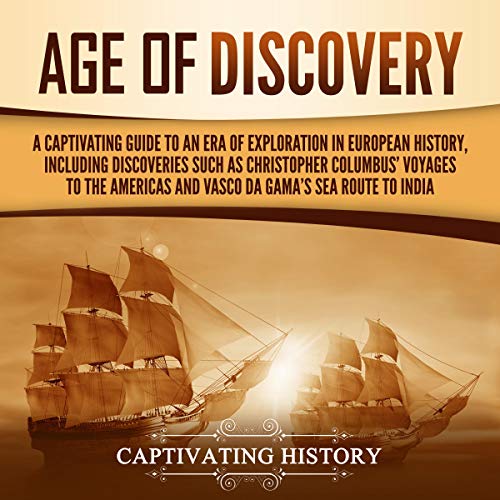The Age of Discovery saw explorers sailing to discover new territories and resources, including Christopher Columbus and Vasco da Gama. Although they had differences in their backgrounds and motivations, they shared the same determination, courage, and navigation skills. Columbus aimed to find a new route to the Indies, to gain wealth and prestige, but instead, he discovered the Caribbean islands. Gama’s motivation was to access the profitable spice trade in India, and his voyage was successful, putting Portugal on the map and transforming the global economy. They both made significant contributions to world history, but their legacies are complex, shaped by the consequences of their voyages.
Christopher Columbus vs. Vasco da Gama: Comparing Two Great Explorers of the Age of Discovery
Introduction
The Age of Discovery was a significant period in world history when explorers embarked on voyages to discover new lands and resources. Christopher Columbus and Vasco da Gama were two of the prominent explorers of this era. Although they explored different parts of the world, they shared some similarities, such as their determination, courage, and exceptional navigation skills. However, they differed greatly in their backgrounds, motivations, and achievements. This article compares and contrasts the lives and explorations of Christopher Columbus and Vasco da Gama.
Background
Christopher Columbus was born in Genoa, Italy, in 1451, into a family of wool weavers. He received limited education and started his career as a sailor and a mapmaker. Vasco da Gama was born in Sines, Portugal, in 1469, into a noble family of seafarers. He grew up learning navigation and seamanship from his father and uncle, who were both experienced sailors. Despite their different social backgrounds, both Columbus and Gama developed a fascination with exploration and determined to venture into the unknown.
Motivations
Christopher Columbus’s primary motivation for his voyage was to find a new route to the Indies, a lucrative trade destination that was controlled by Muslim powers. He believed that by reaching the Indies, he would gain access to valuable spices, silk, and other goods, which would bring wealth and prestige to himself and his sponsors. Columbus was convinced that he could reach the Indies by sailing westward, bypassing the African continent. However, his calculations were flawed, and he stumbled upon the Caribbean islands, which he mistook for the East Indies.
Vasco da Gama’s motivation was also driven by the desire for trade and commerce. His primary objective was to find a sea route to India, which would enable Portugal to access the profitable spice trade and break the Muslim monopoly on it. Gama’s voyage was more successful than Columbus’s, as he reached Calicut, a major trading port in India, in 1498. This achievement put Portugal on the map, transformed the global economy, and made Gama a national hero.
Explorations
Christopher Columbus made four voyages across the Atlantic Ocean between 1492 and 1502. His first voyage, sponsored by the Spanish monarchs, was the most famous, as he discovered the New World and opened up new territories for European colonization. His later voyages were less successful, as he faced challenges such as mutiny, shipwreck, and disease. Columbus’s achievements were significant, as he paved the way for European expansion, colonization, and the eventual dominance of Western civilization in the Americas. However, his legacy is disputed, as his actions and the actions of his followers led to the displacement, enslavement, and genocide of the native populations in the Americas.
Vasco da Gama’s voyage, which began in 1497, was more direct and purposeful than Columbus’s. He sailed from Portugal around the southern tip of Africa, and across the Indian Ocean, reaching Calicut, India, in 1498. This voyage opened up a new sea route to Asia, which allowed Portuguese merchants to establish lucrative trade relations with Indian princes, and gain access to valuable spices, textiles, and precious metals. Gama’s voyages also paved the way for the Portuguese colonization of India, the establishment of a trading empire in the East, and the spread of Christianity in Asia.
Conclusion
In conclusion, Christopher Columbus and Vasco da Gama were both significant explorers of the Age of Discovery. They shared the same spirit of adventure and the same desire to find new trade routes and access new resources. However, they differed in their backgrounds, motivations, and achievements. Columbus’s voyage was a historical accident that led to the discovery of America, while Gama’s voyage was a deliberate and successful attempt to reach India and open up a new source of wealth and power for Portugal. Both explorers left a lasting legacy on world history, but their legacies were complex and contested, shaped by the actions and consequences of their voyages.
